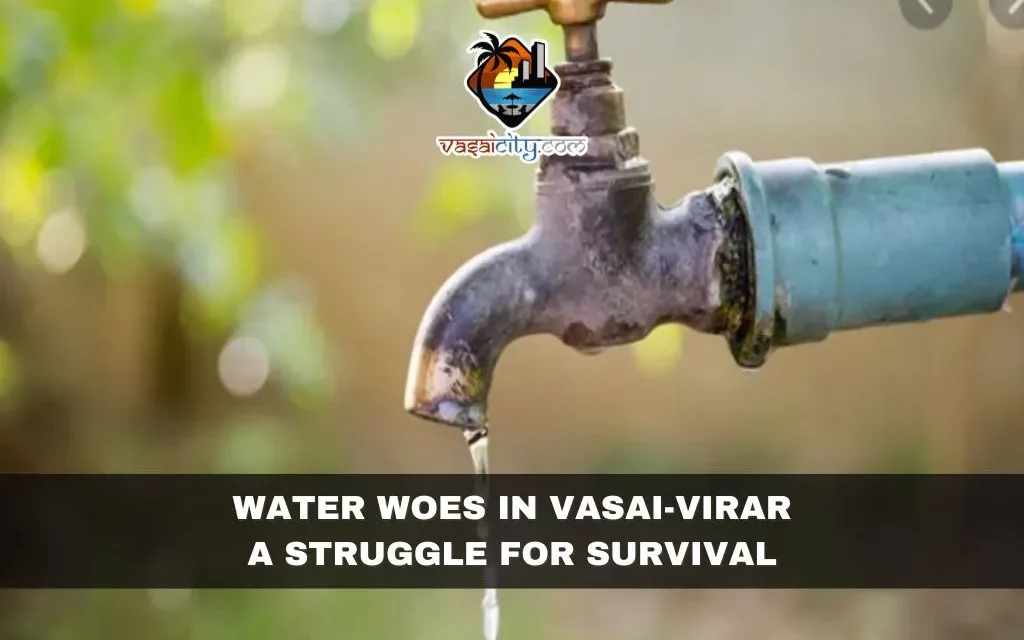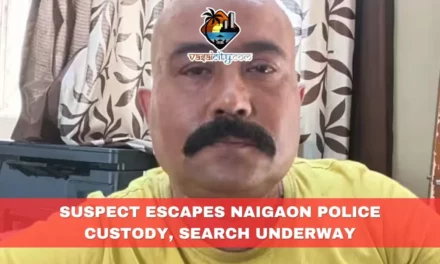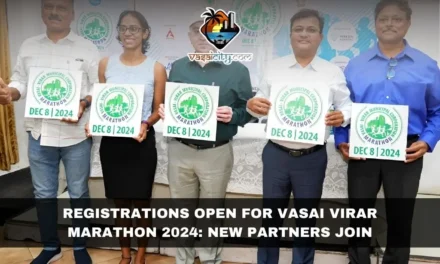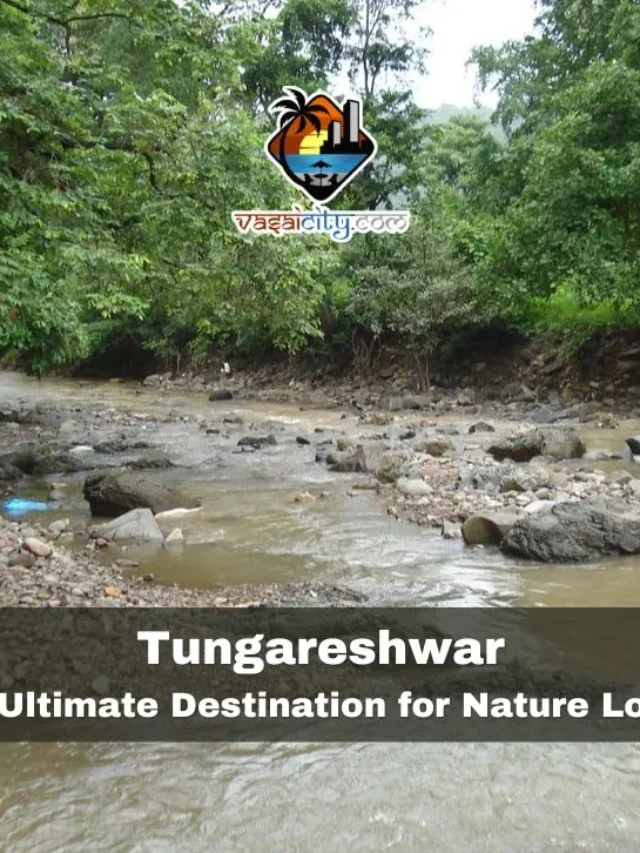In the rapidly growing city of Vasai-Virar, a water crisis is looming large, raising questions about the sustainability of the current water supply. With the population on the rise and water sources depleting, the Municipal Corporation has introduced a plan to provide an additional 403 million liters of water through the Surya Project. This initiative aims to allocate 185 million liters for Vasai-Virar and 218 million liters for Mira Bhayandar. The project, initiated in 2016, involves channeling water from Kashidkopar (Virar) to various parts of the city through a network of pipelines spanning 284 kilometers and the construction of 17 water reservoirs.
Despite the completion of the project, the promised water has not reached the residents, leading to a surge in demand for alternative solutions. The city faced severe water scarcity during the previous summer, prompting the Municipal Corporation to implement a water supply schedule, distributing water through tankers. While new residential developments were mushrooming across the city, residents were grappling with inadequate water supply, intensifying the water crisis.
The public outcry against the water shortage led to widespread protests, with citizens from all political backgrounds demanding a swift resolution. Although the project was officially completed in July, the water distribution did not commence for an additional four months, leaving citizens in distress. Shiv Sena, led by Uddhav Thackeray, initiated protests against the Municipal Corporation, while BJP and other political groups formed alliances to address the escalating water crisis. The Bahujan Vikas Aghadi launched continuous protests, putting pressure on the government officials.
Amidst the chaos, the MNS chief Raj Thackrey’s wife, Sharmila Thackeray, took charge of the protest in Virar. The agitation reached a boiling point, resulting in three women undertaking a 2-day hunger strike. Eventually, as Diwali approached, the Municipal Corporation reluctantly began the phased rollout of water distribution. However, the relief was short-lived as the city’s water problem seemed far from resolved.
Vasai-Virar, with a population of 2.4 million according to municipal records, currently receives 230 million liters of water from both phases of the Surya Project. Despite this, the city, with a water demand of approximately 326 million liters, is facing a shortfall of 96 million liters. The recent addition of 185 million liters from the Surya Project still falls short of meeting the growing demand. The water crisis is exacerbated by various factors, including leakage issues, outdated water pipelines, and the aftermath of the previous year’s water mismanagement.
In the previous fiscal year, the Municipal Corporation received 2,108 applications for new water connections, but due to the ongoing water crisis, the approval and installation of new connections were put on hold. The additional water promised by the Surya Project is a mere 70 million liters, making it a fraction of the city’s overall water requirements.
Looking ahead, the city’s population is projected to reach 4.5 million in the next two decades, necessitating comprehensive and sustainable water management strategies. The proposed Kholsapada Phase 1 and Phase 2 projects aim to supply 70 million liters to the Municipal Corporation, while the Dahnu Vyatigav project plans to provide 180 million liters. However, these initiatives face numerous challenges and delays due to bureaucratic hurdles and technical issues.
The water crisis in Vasai-Virar is far from over, and as the city continues to expand, it is crucial for authorities to address the root causes of the problem. Sustainable water management, infrastructure upgrades, and timely execution of projects are imperative to ensure that the residents of Vasai-Virar do not face an even more severe water crisis in the future. The struggle for water in this bustling city remains a poignant reminder of the urgent need for holistic and proactive measures to secure a water-rich future.














